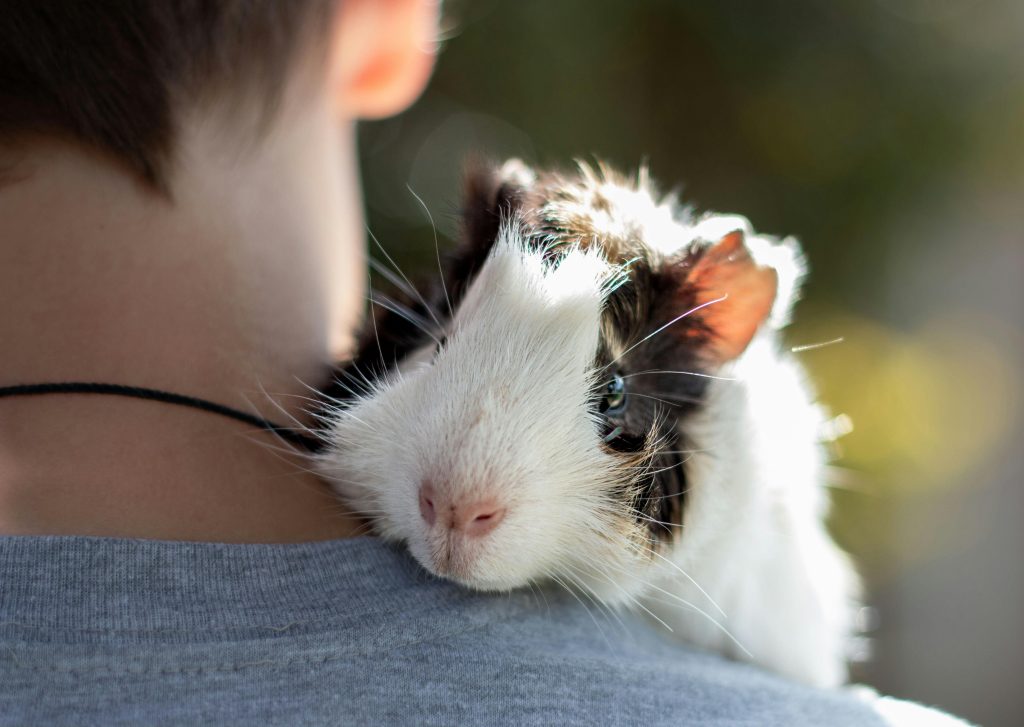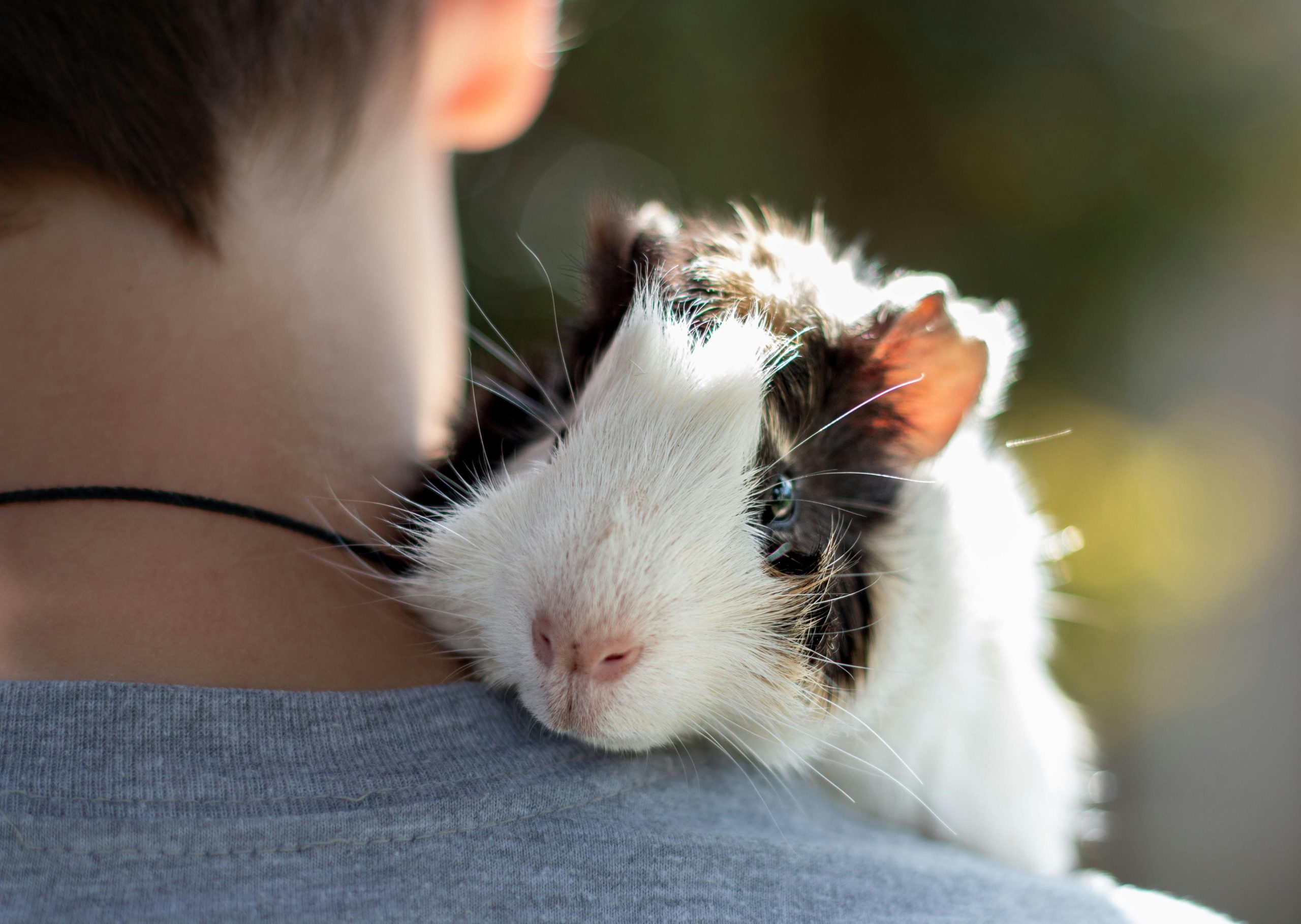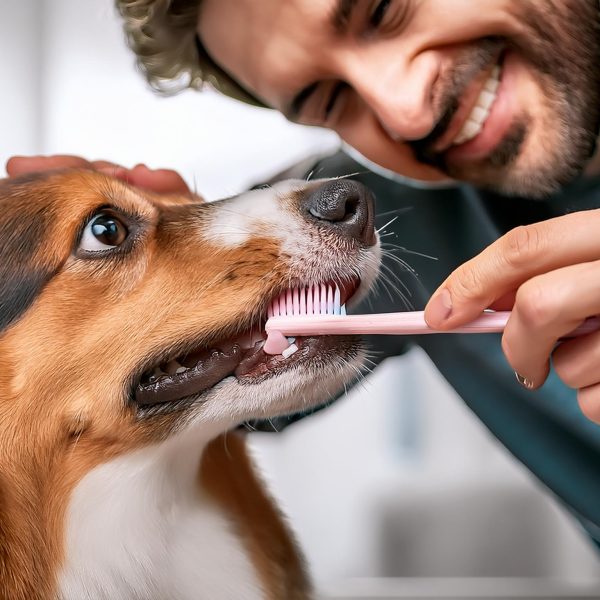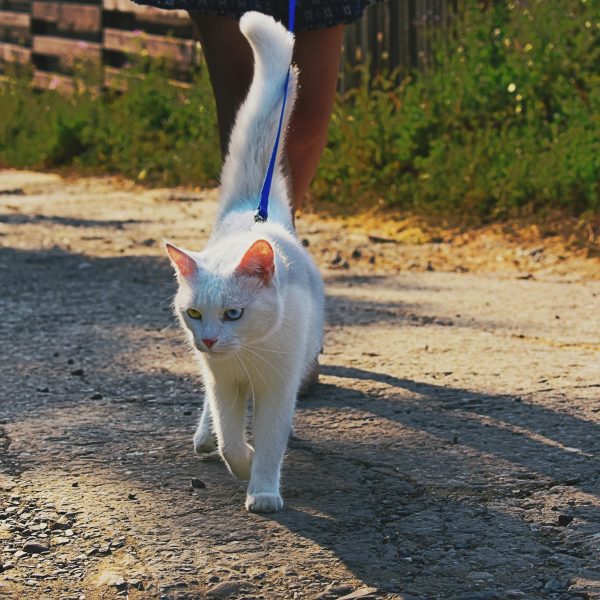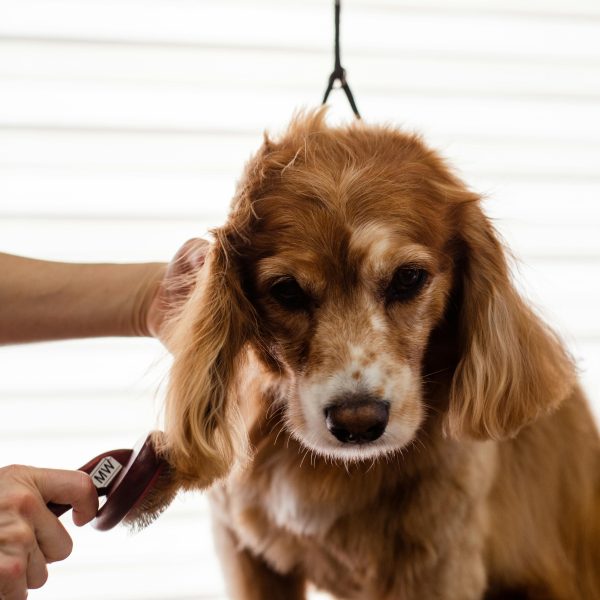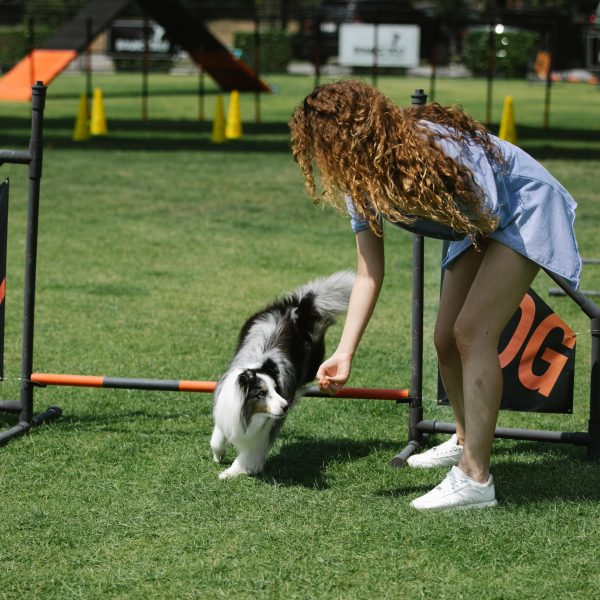Teaching pets such as birds, hamsters, and guinea pigs can bring joy to both the pet and the owner. These animals, often underestimated for their ability to learn, can pick up tricks and behaviors that not only enrich their lives but also strengthen the bond they share with their human companions. This article explores training techniques tailored to each of these pets, providing advice and strategies to support owners in their training endeavors.
Training Birds
Birds are beings with a knack for learning that rivals some mammals. Training birds, especially parrots, can be a mentally stimulating experience for the bird.
1. Establishing Trust
Trust forms the cornerstone of any training regime. Begin by spending time near your bird’s cage, speaking softly and offering treats through the bars. Over time, you can open the cage door and encourage the bird to approach you for treats, reinforcing positive interactions.
2. Step Up Cue
One of the essential commands for birds is teaching them to “step up.” To do this, hold a treat above the bird’s feet while saying “step up.” Gently guide the bird’s chest with your finger or a perch. When the bird steps onto your finger or perch, reward it with a treat and some words of praise. Consistency and patience are key, as most birds can pick up on this command quickly.
3. Teaching Tricks
Once your feathered friend is comfortable with basic commands, you can start teaching them advanced tricks like waving, spinning, or fetching objects. Using a clicker as a marker to indicate the moment the bird performs the desired action can be quite helpful. Clicker training, along with positive reinforcement, tends to be very effective. Always wrap up training sessions on a high note to keep your bird enthusiastic.
Training Hamsters
Hamsters may be small and not typically seen as trainable pets, but they can indeed learn simple tricks and behaviors with the right approach.
1. Hand Taming
Before beginning any training sessions with your hamster, it’s important to tame them. Start by offering treats from your hand to build trust slowly. Let the hamster gradually climb onto your hand while staying calm and patient throughout the process. This initial step is crucial for making sure that the hamster feels safe and comfortable around you.
2. Litter Training
Training your hamster to use litter can significantly simplify cage cleaning tasks. Place a container filled with hamster litter in a corner of their cage where they already tend to go potty. To encourage the hamster to use this designated area, try placing used bedding in the litter box. Over time, most hamsters will develop a habit of using the litter box.
3. Teaching Tricks
When it comes to teaching tricks to a hamster, like coming when called or standing on its hind legs, patience and positive reinforcement are key. Start by using a sound or call before giving a treat. Be consistent with this approach, and soon the hamster will associate the sound with receiving a reward. For teaching the standing trick, hold a treat above the hamster’s head so it stands up to reach for it. Reward promptly to reinforce this behavior.
Training Guinea Pigs
Guinea pigs are intelligent creatures capable of learning various behaviors, making them wonderful pets to train.
1. Building Trust
Just like with birds and hamsters, building trust is crucial when training guinea pigs. Spend time near their enclosure, talking and offering vegetables by hand. This helps them form positive associations with you.
2. Teaching to Come When Called
To teach your guinea pig to come when called, use treats along with a call or sound cue. Begin by saying the call word and then immediately providing a treat. Gradually increase the distance as you call your guinea pig from further away. Consistent training and patience are key to getting your guinea pig to respond when you call.
3. Litter Training
While not all guinea pigs may easily adapt to litter training, many can be taught to use a specific area for their bathroom needs. Place a litter box in one corner of their cage with bedding inside. Reward the guinea pig with a treat when it uses the litter box correctly.
4. Tricks and Commands
Guinea pigs can learn tricks like turning in circles, standing on their hind legs, or navigating through tunnels. Using a clicker to mark the moment the guinea pig performs the desired action, followed by a treat, can be effective. Begin with simple behaviors and gradually increase the difficulty as your guinea pig gets better at them.
General Training Tips for Small Pets
- Consistency: Training small pets requires patience and consistency. Keep training sessions short and positive to prevent them from getting stressed or bored. Regular daily training is more effective than infrequent, long sessions.
- Positive Reinforcement: Positive reinforcement is highly effective for training pets. Rewards such as treats, verbal praise, and gentle petting motivate them to repeat desired behaviors. Avoid using punishment, as it can instill fear and impede training progress.
Understanding Pet Limitations
Every type of animal and individual pet comes with its set of boundaries. Recognizing these limitations and having realistic expectations is key. Not all pets will pick up skills at the same speed, and some may not show interest in specific tricks or behaviors.
Creating a Safe Environment
Ensure the training area is secure and free from distractions. This allows the pet to concentrate during training sessions and minimizes the chances of accidents.
Training pets such as birds, hamsters, and guinea pigs can strengthen the bond between owner and pet while providing stimulation for the animals. By establishing trust, using positive reinforcement, and recognizing each pet’s unique needs and abilities, owners can effectively teach various commands and tricks. With perseverance and commitment, the training journey can be fulfilling for both pet and owner, fostering a more harmonious relationship.

